Fast OpenGL blur shader
There have been several proposed several optimized solution for applying a
Gaussian blur to a texture with OpenGL. Normally with a blur shader you fetch
the color for a specific pixel, then fetch some pixels around this particular
pixel and combine all values by some weight. This weight is based on the
gaussian function. How many pixels you fetch for each outgoing pixel determines
the quality of the blur effect but also adds extra costs and slows down your
your rendering.
Daniel Rákos described an interesting solution to reduce the number of texture fetches which are costly operations compared to lets say multiplying some value in a shader. Therefore by reducing the number of texture fetches speeds up the blur shader. You can read up on the details in the article of Daniel. In short he describes a technique where you make use of the linear sampling feature of openGL. Linear sampling is highly optimized and basically 'free' compared to the number of extra texture fetches one does without this optimized solution.
Instead of doing 9 texture fetches (per horizontal and vertical blur step) you only need to do 5 fetches instead for the same kernel size. The trick is that the color value you fetch is automatically interpolated by the hardware of your GPU and combining this with adjusted weights you have to do less fetches. Therefore for this to work you need to change the weights and texture coordinates (offsets) a little bit so they returns a similar adjusted value.
The image belows shows the formula how one can adjust the normal guassian weights and offsets for the optimized version that uses linear sampling. Credits for this formula go to daniel.
Blur performance and quality results
Another trivial way to speed up the blur process is to simply reduce the size of the texture that you want to blur. In the images below I've used several different sizes and blur steps. when you reduce the size of the input texture for the blur you'll see that the quality is a lot less. Though this can be easily fixed by applying a couple more blur passes. You have to find the best mix between scale and the number of blur passes you want to do.
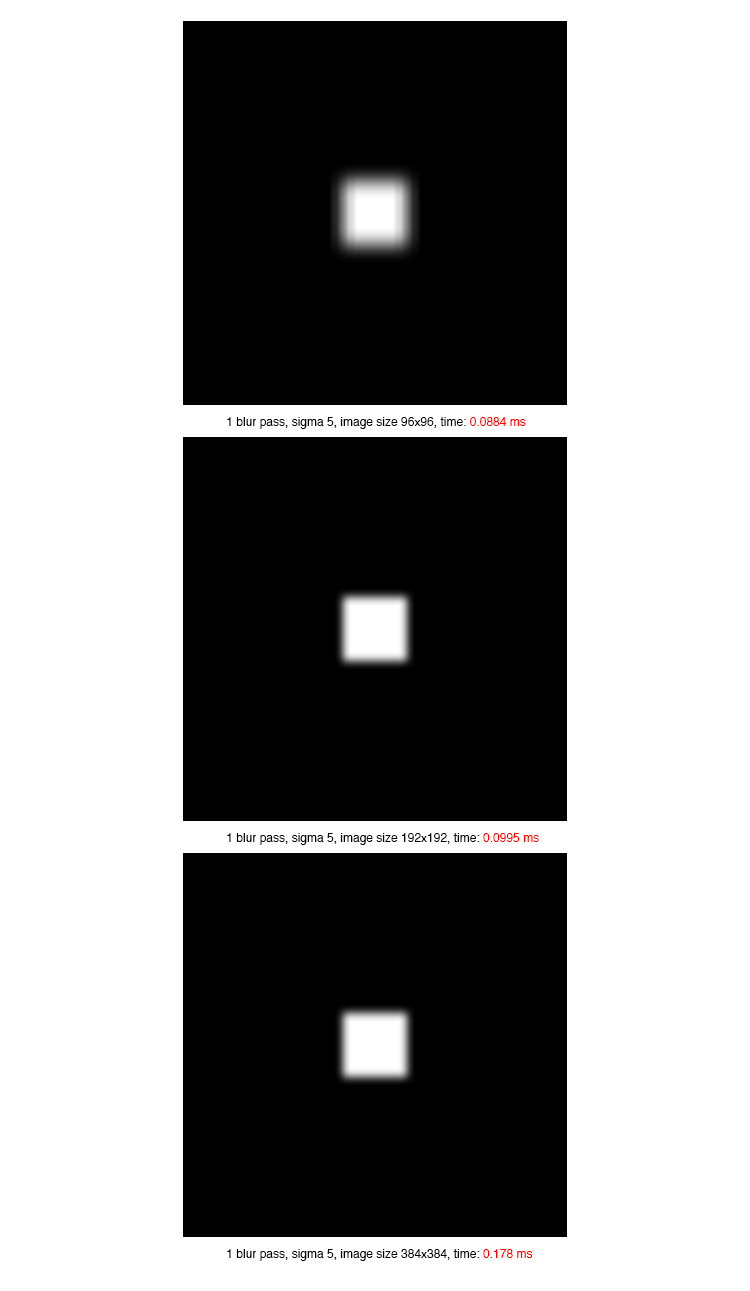
Source code
The code below can be used as an example on how to implement an optimized blur shader with a fixed kernel size and user defined sigma.
#ifndef GFX_BLUR_H #define GFX_BLUR_H #include <glad/glad.h> #define ROXLU_USE_LOG #define ROXLU_USE_OPENGL #define ROXLU_USE_MATH #include <tinylib.h> static const char* BLUR_VS = "" "#version 330\n" "" " const vec2[] pos = vec2[4](" " vec2(-1.0, 1.0)," " vec2(-1.0, -1.0)," " vec2(1.0, 1.0)," " vec2(1.0, -1.0)" " );" "" "const vec2 texcoords[4] = vec2[] (" " vec2(0.0, 1.0), " " vec2(0.0, 0.0), " " vec2(1.0, 1.0), " " vec2(1.0, 0.0) " "); " "" "out vec2 v_tex;" "" "void main() {" " gl_Position = vec4(pos[gl_VertexID], 0.0, 1.0);" " v_tex = texcoords[gl_VertexID];" " }" ""; namespace gfx { class Blur { public: Blur(); ~Blur(); int init(double amount); void blurX(float w, float h); void blurY(float w, float h); public: GLuint vao; GLuint vert; GLuint frag_y; GLuint frag_x; GLuint prog_x; GLuint prog_y; GLint xtex_w; GLint xtex_h; GLint ytex_w; GLint ytex_h; }; } /* namespace gfx */ #endif
The implmentation has both the optimized and non-optimized version. You can
enable/disable it by using the #if in the Blur::init() function.
#include <vector> #include <sstream> #include <math.h> #include <gfx/Blur.h> namespace gfx { /* -------------------------------------------------------------------------------- */ static float gauss(float x, float s2); /* -------------------------------------------------------------------------------- */ Blur::Blur() :vert(0) ,frag_x(0) ,frag_y(0) ,prog_x(0) ,prog_y(0) ,vao(0) { } Blur::~Blur() { } int Blur::init(double amount) { RX_VERBOSE("Creating blur shader - check the effect of having the first sum like: sum = weights[0] * 2.0, is better"); #if 1 /* OPTIMIZED VERSION */ float sum = 0.0; float weights[5] = { 0.0f } ; float offsets[5] = { 0.0, 1.0, 2.0, 3.0, 4.0 } ; /* Calculate the weights */ weights[0] = gauss(0, amount); sum = weights[0]; // sum = weights[0] * 2.0; for (int i = 1; i < 5; ++i) { weights[i] = gauss(i, amount); sum += 2.0 * weights[i]; } for (int i = 0; i < 5; ++i) { weights[i] /= sum; } /* fix for just 3 fetches */ float new_weights[3] = { weights[0], weights[1] + weights[2], weights[3] + weights[4] } ; float new_offsets[3] = { 0.0f }; new_offsets[0] = 0.0f; new_offsets[1] = ( (weights[1] * offsets[1]) + (weights[2] * offsets[2]) ) / new_weights[1]; new_offsets[2] = ( (weights[3] * offsets[3]) + (weights[4] * offsets[4]) ) / new_weights[2]; /* create the shader */ std::stringstream ss_open; ss_open << "#version 330\n" << "uniform sampler2D u_tex;\n" << "uniform float u_tex_w;\n" << "uniform float u_tex_h;\n" << "in vec2 v_tex;\n" << "layout( location = 0 ) out vec4 fragcolor;\n" << "\n" << "void main() {\n" << " float sy = 1.0 / u_tex_h;\n" << " float sx = 1.0 / u_tex_w;\n" << ""; /* create the texture lookups */ std::stringstream ss_y, ss_x; ss_y << " fragcolor = texture(u_tex, v_tex) * " << new_weights[0] << ";\n"; ss_x << " fragcolor = texture(u_tex, v_tex) * " << new_weights[0] << ";\n"; for (int i = 1; i < 3; ++i) { ss_y << " fragcolor += texture(u_tex, vec2(v_tex.s, v_tex.y + (" << new_offsets[i] << " * sy))) * " << new_weights[i] << ";\n"; ss_y << " fragcolor += texture(u_tex, vec2(v_tex.s, v_tex.y - (" << new_offsets[i] << " * sy))) * " << new_weights[i] << ";\n"; ss_x << " fragcolor += texture(u_tex, vec2(v_tex.s + (" << new_offsets[i] << " * sx), v_tex.t)) * " << new_weights[i] << ";\n"; ss_x << " fragcolor += texture(u_tex, vec2(v_tex.s - (" << new_offsets[i] << " * sx), v_tex.t)) * " << new_weights[i] << ";\n"; } ss_y << "}\n"; ss_x << "}\n"; #else /* UNOPTIMIZED */ float sum = 0.0; float weights[5] = { 0.0f } ; float offsets[5] = { 0.0, 1.0, 2.0, 3.0, 4.0 } ; /* Calculate the weights */ weights[0] = gauss(0, amount); sum = weights[0]; // sum = weights[0] * 2.0; for (int i = 1; i < 5; ++i) { weights[i] = gauss(i, amount); sum += 2.0 * weights[i]; } for (int i = 0; i < 5; ++i) { weights[i] /= sum; } /* create the shader */ std::stringstream ss_open; ss_open << "#version 330\n" << "uniform sampler2D u_tex;\n" << "uniform float u_tex_w;\n" << "uniform float u_tex_h;\n" << "in vec2 v_tex;\n" << "layout( location = 0 ) out vec4 fragcolor;\n" << "\n" << "void main() {\n" << " float sy = 1.0 / u_tex_h;\n" << " float sx = 1.0 / u_tex_w;\n" << ""; /* create the texture lookups */ std::stringstream ss_y, ss_x; ss_y << " fragcolor = texture(u_tex, v_tex) * " << weights[0] << ";\n"; ss_x << " fragcolor = texture(u_tex, v_tex) * " << weights[0] << ";\n"; for (int i = 1; i < 5; ++i) { ss_y << " fragcolor += texture(u_tex, vec2(v_tex.s, v_tex.y + (" << offsets[i] << ".0 * sy))) * " << weights[i] << ";\n"; ss_y << " fragcolor += texture(u_tex, vec2(v_tex.s, v_tex.y - (" << offsets[i] << ".0 * sy))) * " << weights[i] << ";\n"; ss_x << " fragcolor += texture(u_tex, vec2(v_tex.s + (" << offsets[i] << ".0 * sx), v_tex.t)) * " << weights[i] << ";\n"; ss_x << " fragcolor += texture(u_tex, vec2(v_tex.s - (" << offsets[i] << ".0 * sx), v_tex.t)) * " << weights[i] << ";\n"; } ss_y << "}\n"; ss_x << "}\n"; #endif std::string yfrag = ss_open.str() + ss_y.str(); std::string xfrag = ss_open.str() + ss_x.str(); /* create the shaders */ vert = rx_create_shader(GL_VERTEX_SHADER, BLUR_VS); frag_x = rx_create_shader(GL_FRAGMENT_SHADER, xfrag.c_str()); frag_y = rx_create_shader(GL_FRAGMENT_SHADER, yfrag.c_str()); prog_x = rx_create_program(vert, frag_x, true); prog_y = rx_create_program(vert, frag_y, true); /* set the texture binding points */ glUseProgram(prog_x); glUniform1i(glGetUniformLocation(prog_x, "u_tex"), 0); xtex_w = glGetUniformLocation(prog_x, "u_tex_w"); xtex_h = glGetUniformLocation(prog_x, "u_tex_h"); glUseProgram(prog_y); glUniform1i(glGetUniformLocation(prog_y, "u_tex"), 0); ytex_w = glGetUniformLocation(prog_y, "u_tex_w"); ytex_h = glGetUniformLocation(prog_y, "u_tex_h"); /* create our vao. */ glGenVertexArrays(1, &vao); return 0; } void Blur::blurX(float w, float h) { /* make sure init has been called. */ if (0 == prog_x || 0 == prog_y) { RX_ERROR("Shaders not initialized"); return; } glBindVertexArray(vao); glUseProgram(prog_x); glUniform1f(xtex_w, w); glUniform1f(xtex_h, h); glDrawArrays(GL_TRIANGLE_STRIP, 0, 4); } void Blur::blurY(float w, float h) { /* make sure init has been called. */ if (0 == prog_x || 0 == prog_y) { RX_ERROR("Shaders not initialized"); return; } glBindVertexArray(vao); glUseProgram(prog_y); glUniform1f(ytex_w, w); glUniform1f(ytex_h, h); glDrawArrays(GL_TRIANGLE_STRIP, 0, 4); } /* -------------------------------------------------------------------------------- */ static float gauss(float x, float s2) { double c = 1.0 / (2.0 * 3.14159265359 * s2); double e = -(x * x) / (2.0 * s2); return (float) (c * exp(e)); } } /* namespace gfx */
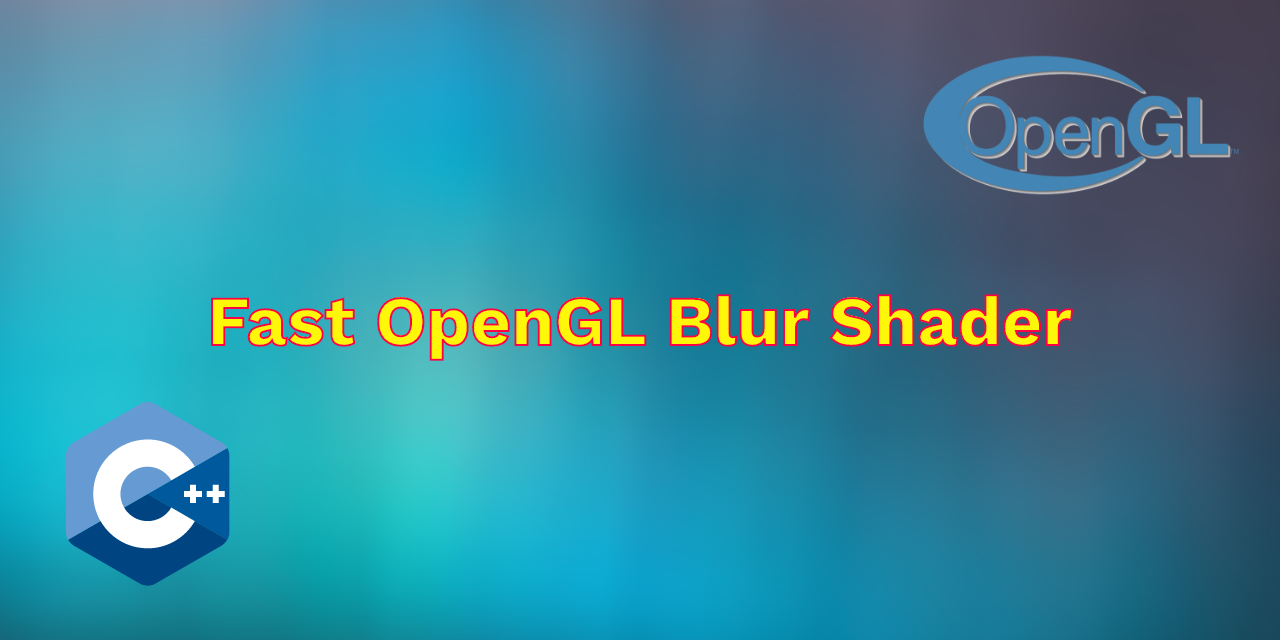
 NAT Types
NAT Types
 Building Cabinets
Building Cabinets
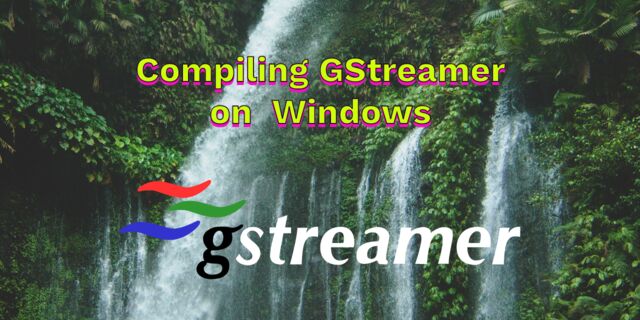 Compiling GStreamer from source on Windows
Compiling GStreamer from source on Windows
 Debugging CMake Issues
Debugging CMake Issues
 Dual Boot Arch Linux and Windows 10
Dual Boot Arch Linux and Windows 10
 Mindset Updated Edition, Carol S. Dweck (Book Notes)
Mindset Updated Edition, Carol S. Dweck (Book Notes)
 How to setup a self-hosted Unifi NVR with Arch Linux
How to setup a self-hosted Unifi NVR with Arch Linux
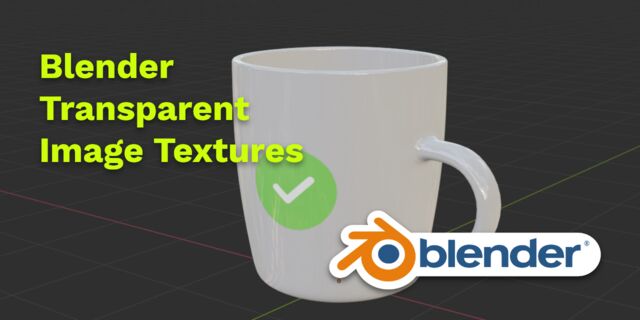 Blender 2.8 How to use Transparent Textures
Blender 2.8 How to use Transparent Textures
 Compiling FFmpeg with X264 on Windows 10 using MSVC
Compiling FFmpeg with X264 on Windows 10 using MSVC
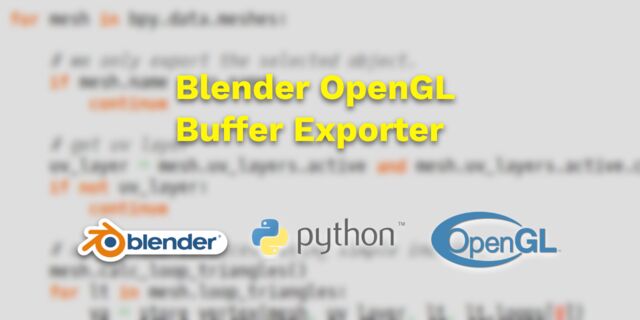 Blender 2.8 OpenGL Buffer Exporter
Blender 2.8 OpenGL Buffer Exporter
 Blender 2.8 Baking lightmaps
Blender 2.8 Baking lightmaps
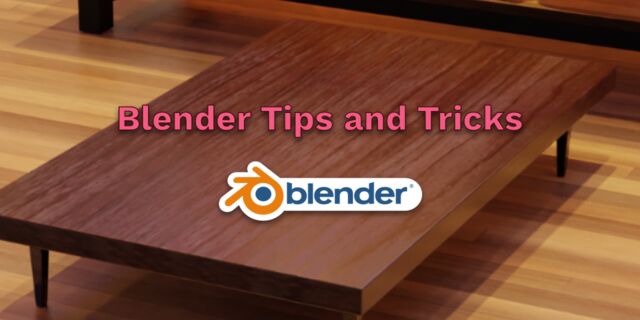 Blender 2.8 Tips and Tricks
Blender 2.8 Tips and Tricks
 Setting up a Bluetooth Headset on Arch Linux
Setting up a Bluetooth Headset on Arch Linux
 Compiling x264 on Windows with MSVC
Compiling x264 on Windows with MSVC
 C/C++ Snippets
C/C++ Snippets
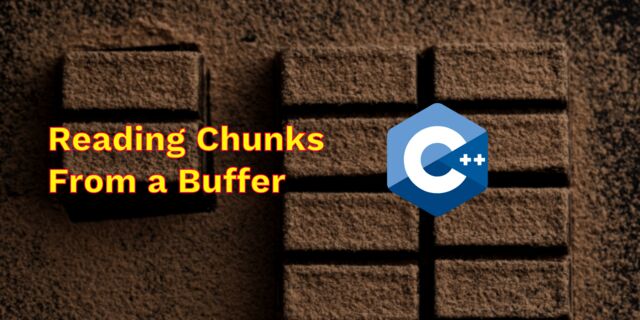 Reading Chunks from a Buffer
Reading Chunks from a Buffer
 Handy Bash Commands
Handy Bash Commands
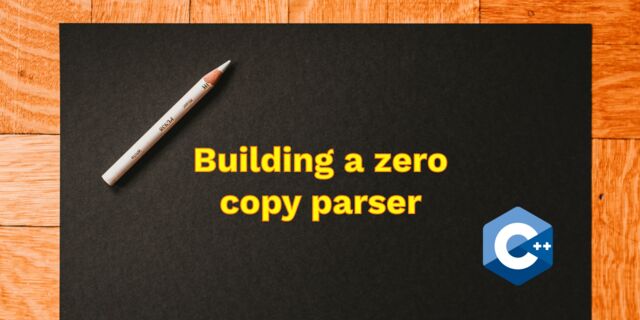 Building a zero copy parser
Building a zero copy parser
 Kalman Filter
Kalman Filter
 Saving pixel data using libpng
Saving pixel data using libpng
 Compile Apache, PHP and MySQL on Mac 10.10
Compile Apache, PHP and MySQL on Mac 10.10
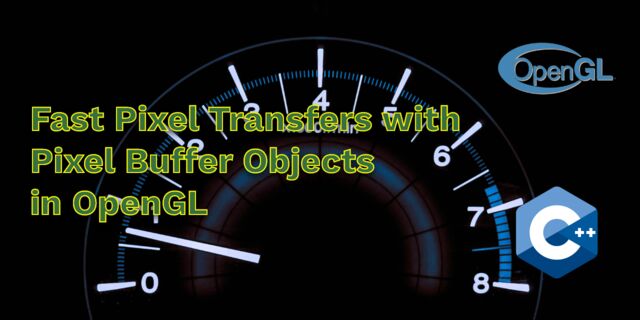 Fast Pixel Transfers with Pixel Buffer Objects
Fast Pixel Transfers with Pixel Buffer Objects
 High Resolution Timer function in C/C++
High Resolution Timer function in C/C++
 Rendering text with Pango, Cairo and Freetype
Rendering text with Pango, Cairo and Freetype
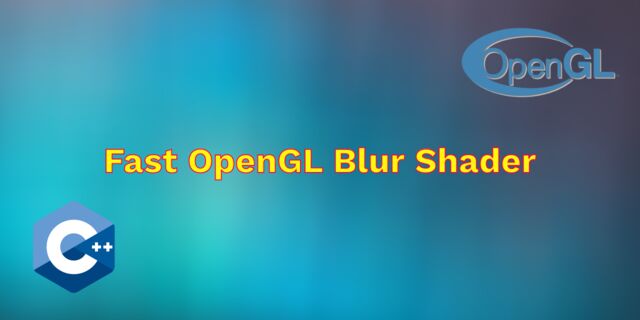 Fast OpenGL blur shader
Fast OpenGL blur shader
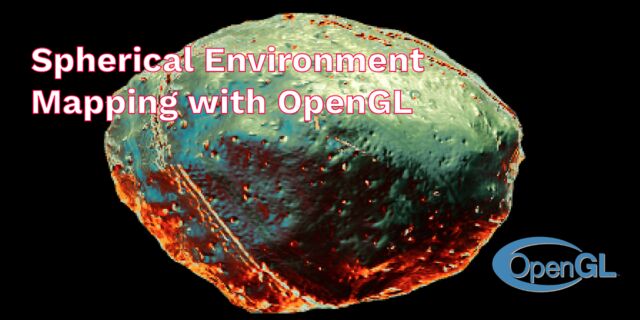 Spherical Environment Mapping with OpenGL
Spherical Environment Mapping with OpenGL
 Using OpenSSL with memory BIOs
Using OpenSSL with memory BIOs
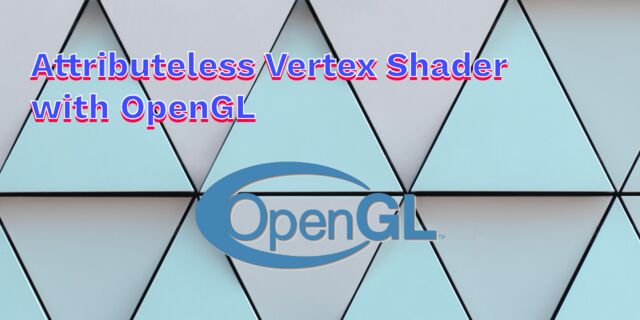 Attributeless Vertex Shader with OpenGL
Attributeless Vertex Shader with OpenGL
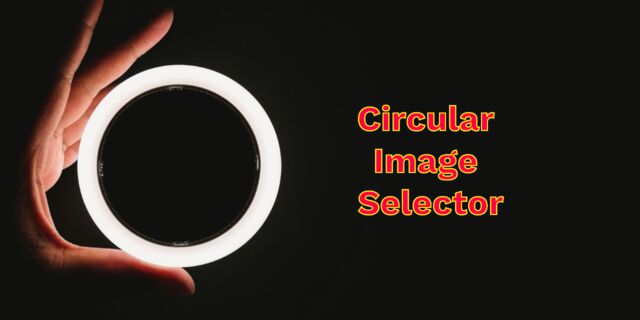 Circular Image Selector
Circular Image Selector
 Decoding H264 and YUV420P playback
Decoding H264 and YUV420P playback
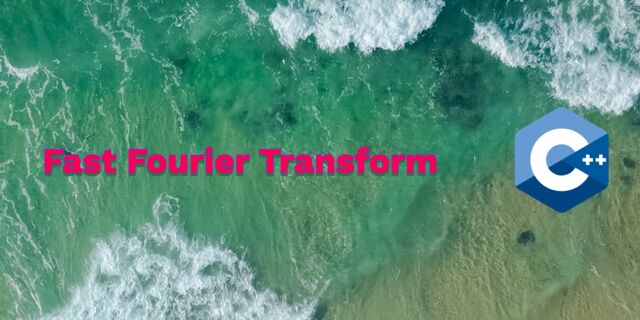 Fast Fourier Transform
Fast Fourier Transform
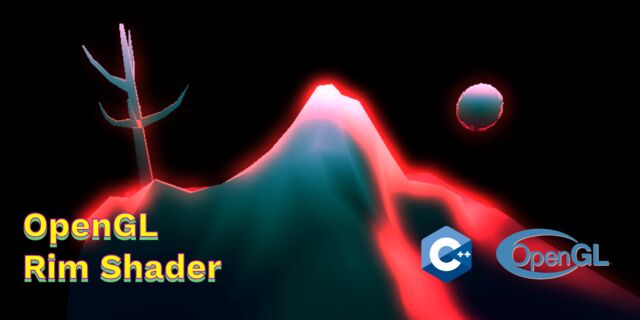 OpenGL Rim Shader
OpenGL Rim Shader
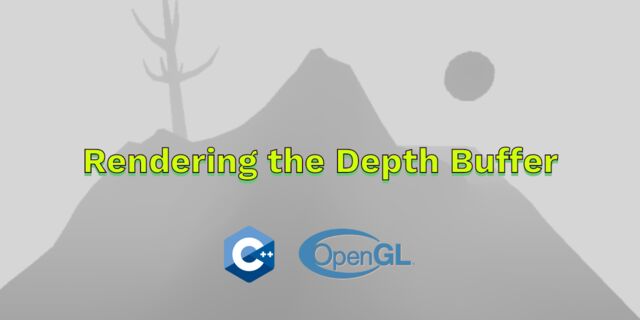 Rendering The Depth Buffer
Rendering The Depth Buffer
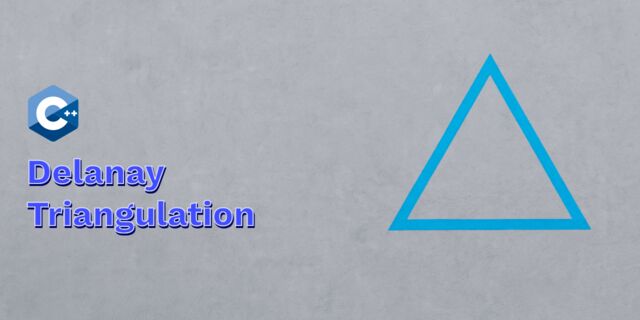 Delaunay Triangulation
Delaunay Triangulation
 RapidXML
RapidXML
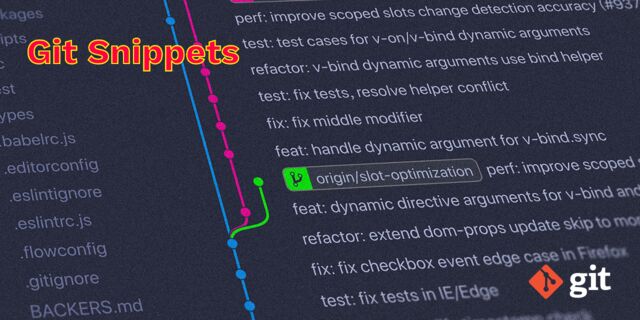 Git Snippets
Git Snippets
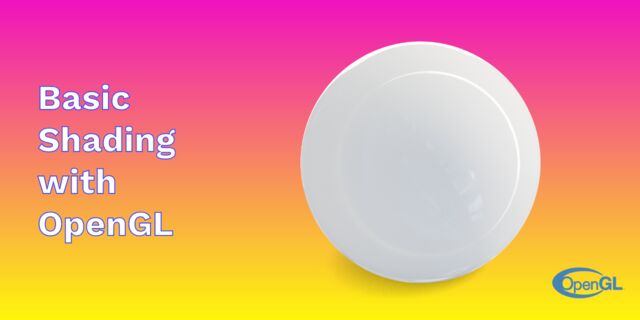 Basic Shading With OpenGL
Basic Shading With OpenGL
 Open Source Libraries For Creative Coding
Open Source Libraries For Creative Coding
 Bouncing particle effect
Bouncing particle effect
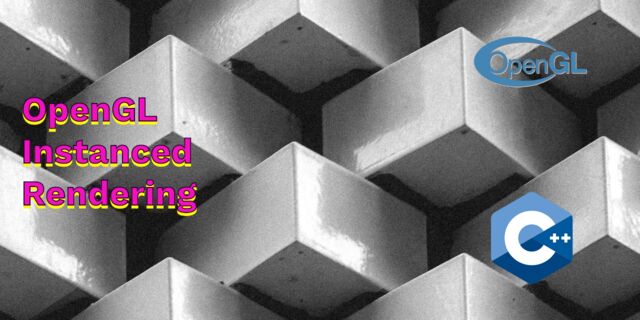 OpenGL Instanced Rendering
OpenGL Instanced Rendering
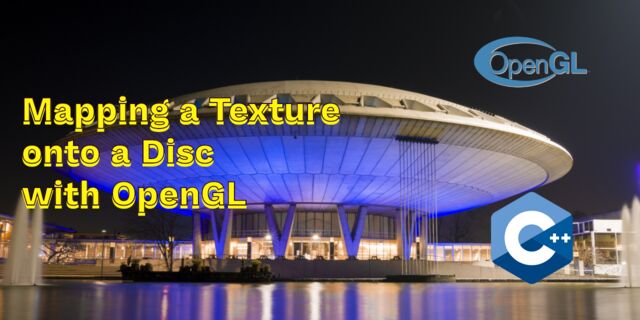 Mapping a texture on a disc
Mapping a texture on a disc
 Download HTML page using CURL
Download HTML page using CURL
 Height Field Simulation on GPU
Height Field Simulation on GPU
 OpenCV
OpenCV
 Some notes on OpenGL
Some notes on OpenGL
 Math
Math
 Gists to remember
Gists to remember
 Reverse SSH
Reverse SSH
 Working Set
Working Set
 Consumer + Producer model with libuv
Consumer + Producer model with libuv
 Parsing binary data
Parsing binary data
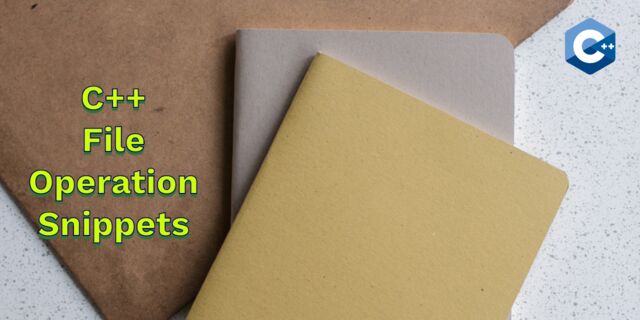 C++ file operation snippets
C++ file operation snippets
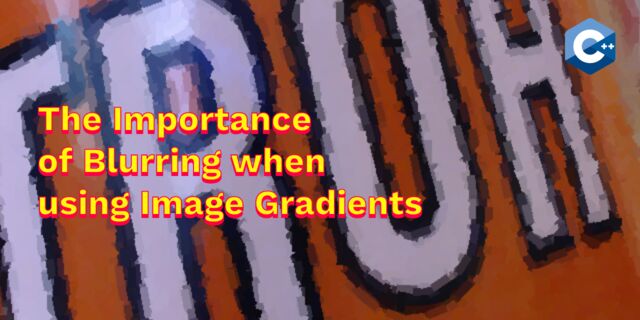 Importance of blur with image gradients
Importance of blur with image gradients
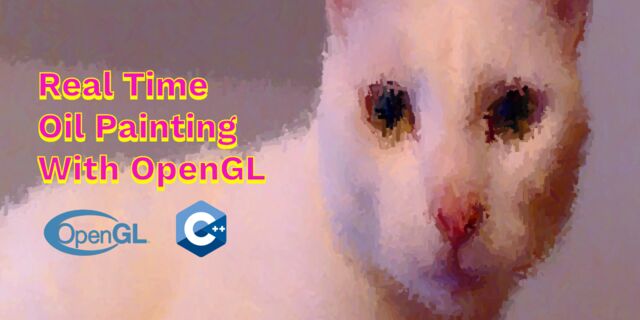 Real-time oil painting with openGL
Real-time oil painting with openGL
 x264 encoder
x264 encoder
 Generative helix with openGL
Generative helix with openGL
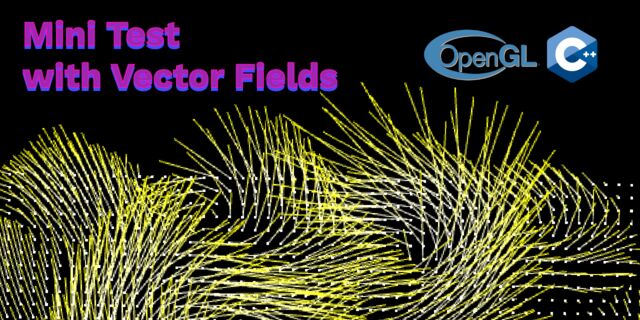 Mini test with vector field
Mini test with vector field
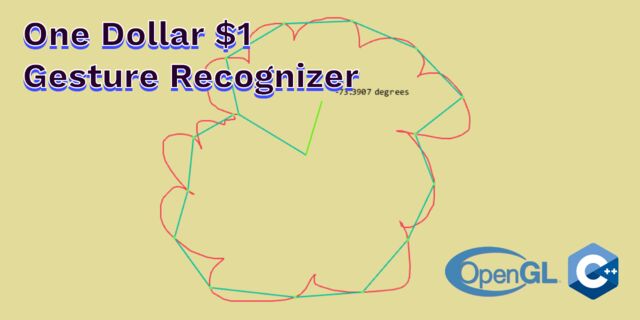 Protractor gesture recognizer
Protractor gesture recognizer
 Hair simulation
Hair simulation
 Some glitch screenshots
Some glitch screenshots
 Working on video installation
Working on video installation
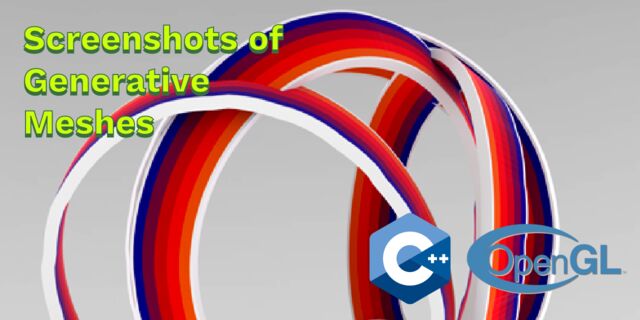 Generative meshes
Generative meshes
 Converting video/audio using avconv
Converting video/audio using avconv
 Auto start terminal app on mac
Auto start terminal app on mac
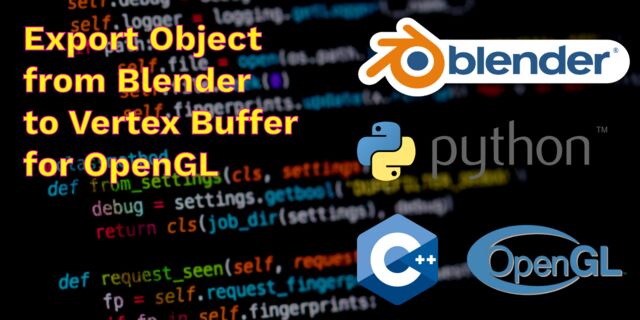 Export blender object to simple file format
Export blender object to simple file format